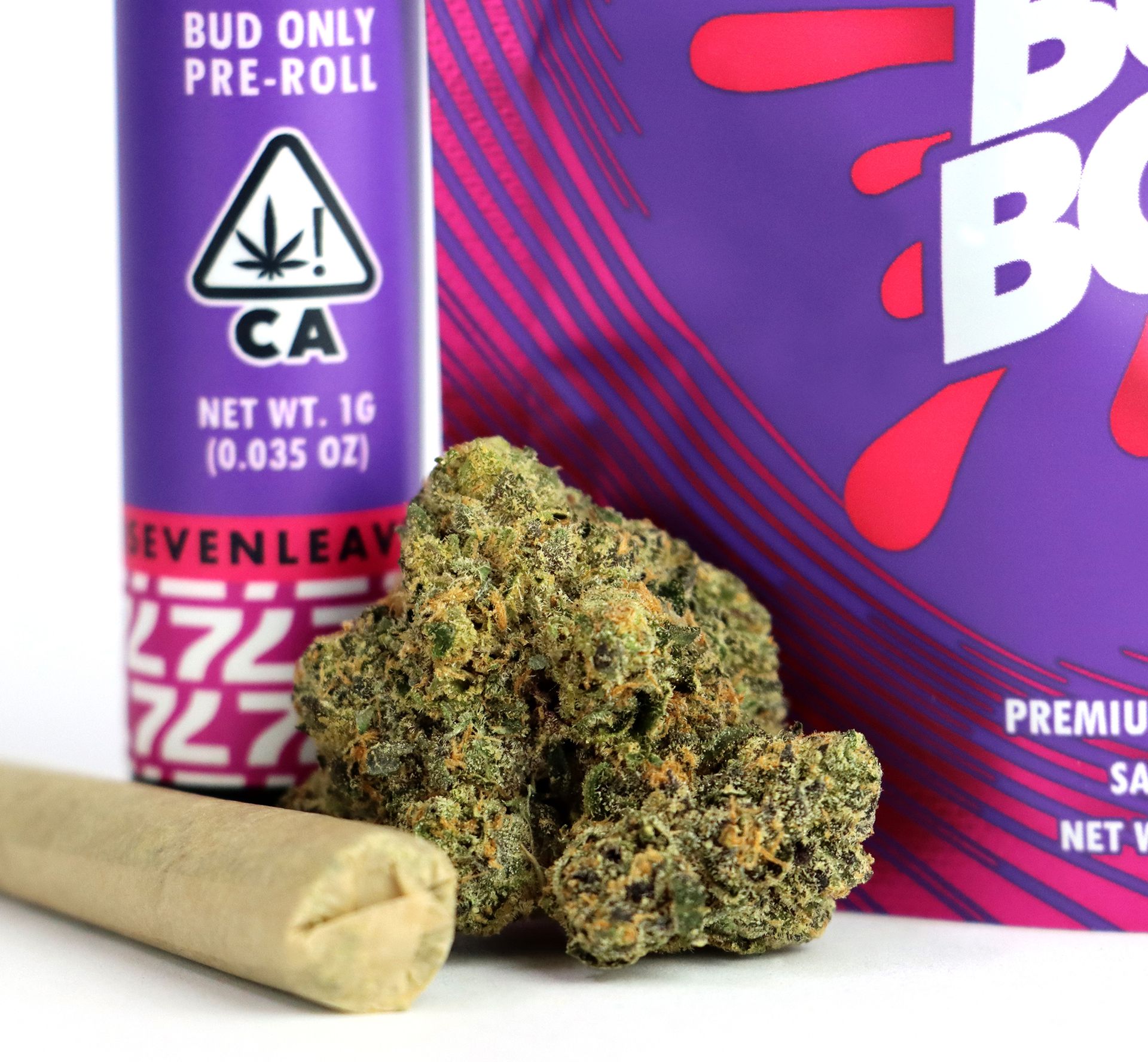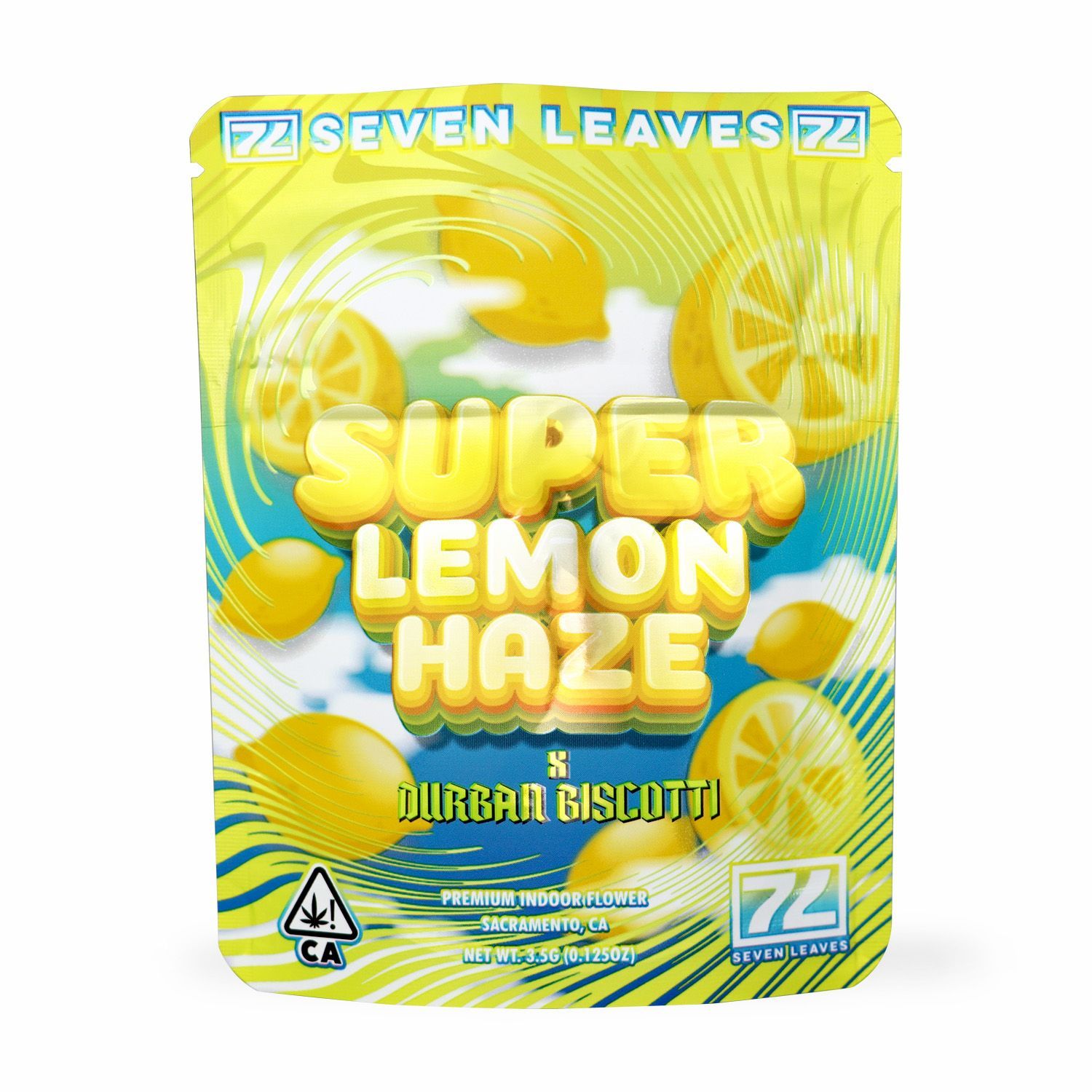California's legal cannabis market is a rapidly evolving industry, and with its growth comes a stringent set of rules and regulations, especially concerning packaging and distribution. These guidelines are designed to ensure product safety, prevent access by minors, and provide consumers with clear, accurate information. Let's delve into the key aspects.
The Foundation: Why Regulations Matter
The primary goal of cannabis packaging and distribution regulations is consumer protection. This includes preventing accidental ingestion, especially by children, and ensuring that products are accurately labeled regarding potency and ingredients. It also aims to maintain product quality and prevent diversion to the illicit market.
Packaging Requirements: A Visual
1. Child-Resistant Packaging: All cannabis products must be sold in packaging that is child-resistant. This is a critical safety measure to prevent minors from accessing potentially harmful substances. You'll often see various mechanisms, from squeeze-and-turn caps to complex locking systems.
2. Opaque and Resealable: Packaging must be opaque, meaning the product inside cannot be seen. This helps to make products less appealing to children and maintains a discreet appearance. Additionally, it must be resealable for multi-use products to maintain freshness and safety.


3. Tamper-Evident: To ensure product integrity and consumer safety, all packaging must be tamper-evident. This means it should be clear if the package has been opened or altered before purchase.
4. Labeling Requirements: Labels are crucial for informing consumers. They must include: *
Universal Symbol: A standardized symbol indicating the product contains cannabis. *
THC/CBD Content: Accurate potency levels. *
Net Weight/Volume: The amount of product. *
Ingredients: A full list of components. *
Manufacturer Information: Name and license number of the producer. *
Harvest and Packaging Dates: To ensure freshness. *
Warnings: Health warnings and "Keep out of reach of children" statements.
The Role of Graphic Designers and Packaging Materials
Graphic designers play a vital role in ensuring that all these requirements are met while still creating attractive and functional packaging. They must carefully consider font sizes, color contrasts, and label placement to ensure all mandatory information is legible and prominent.
Manufacturers also need to select appropriate packaging materials that meet the regulatory standards for child-resistance, opaqueness, and tamper-evidence, while also considering sustainability.




